Android Dominates, Windows Phone Surges in Q1 2013
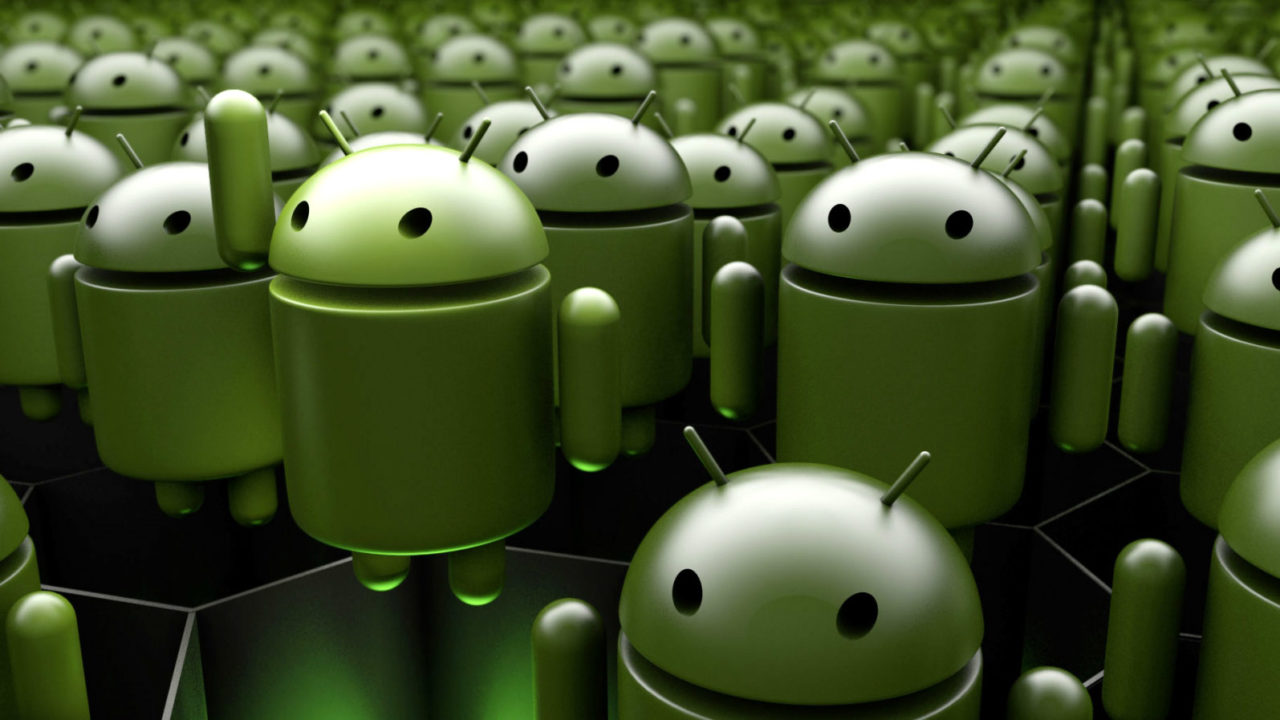
Expanding on an April report that showed smartphones outselling feature phones worldwide for the first time, research firm IDC released a new look at global shipments and market share of smartphone operating systems.
| Top Worldwide Smartphone OS (Shipments in Millions) Source: IDC |
Q1 2013 | Q1 2013 Market Share | Q1 2012 | Q1 2012 Market Share | Year-Over-Year Change |
|---|---|---|---|---|---|
| Android | 162.1 | 75.0% | 90.3 | 59.1% | 79.5% |
| iOS | 37.4 | 17.3% | 35.1 | 23.0% | 6.6% |
| Windows Phone | 7.0 | 3.2% | 3.0 | 2.0% | 133.3% |
| BlackBerry | 6.3 | 2.9% | 9.7 | 6.4% | -35.1% |
| Linux | 2.1 | 1.0% | 3.6 | 2.4% | -41.7% |
| Symbian | 1.2 | 0.6% | 10.4 | 6.8% | -88.5% |
| Others | 0.1 | ~0.0% | 0.6 | 0.4% | -83.3% |
| Total | 216.2 | 100.0% | 152.7 | 100.0% | 41.6% |
Google’s Android and Apple’s iOS continue to control the vast majority of the market, combining in the first quarter of 2013 for 92.3% of all smartphone shipments. Readers new to the smartphone race should note that Android, as a free and open mobile operating system, is found on hundreds of unique devices from many different manufacturers while iOS is only found on Apple hardware. In IDC’s previous report, the firm estimated that Samsung, the largest supplier of Android-based devices, shipped 70.7 million smartphones during the quarter, the vast majority powered by Android.
Breaking down the numbers between the two primary operating systems reveals a commanding lead for Android. Although Apple had its best first quarter performance to date, Android’s incredible growth could not be stopped, resulting in a drop in iPhone market share for the first quarter to 17.3 percent from 23.0 percent a year ago. The lack of perceived innovation from the Cupertino company may be to blame for the platform’s inability to keep up with Android, the report suggests:
Although demand remains strong worldwide, the iOS experience has remained largely the same since the first iPhone debuted in 2007. That appears ready to change as online rumors and speculation predict a massive overhaul of the user interface when iOS 7 debuts.
Conversely, Android saw its first quarter market share reach 75 percent, up from 59.1 percent in the first quarter of 2012. Android’s strong growth over the past several quarters makes today’s report unsurprising in terms of the top two players. A more interesting result involves the race for third place. Microsoft’s Windows Phone OS experienced a surprising surge during the year, shipping 7 million units during the quarter and reaching 3.2 percent market share, an increase of 133.3 percent year-over-year.
The Redmond company’s smartphone platform achieved third place for the first time thanks to “end-user demand and OEM support,” but also due to the continued fall of BlackBerry (formerly RIM). The struggling Canadian firm continued its fall in the first quarter, shipping only 6.3 million units for 2.9 percent market share, a decrease of 35.1 percent over last year’s first quarter results.
The remaining minor players all saw significant shipment decreases, although IDC points out that new hardware set for release this year may revitalize Linux-based smartphones:
This is shaping up to be a pivotal year for the open-source operating system, as multiple platforms, including Mozilla, SailFish, Tizen, and Ubuntu are expected to introduce or launch their first smartphones in the coming months.
The global smartphone market overall grew 41.6 percent year-over-year, shipping 216.2 million units in the first quarter of 2013, compared to 152.7 million a year ago. The data for the report was provided by IDC’s Worldwide Quarterly Mobile Phone Tracker.







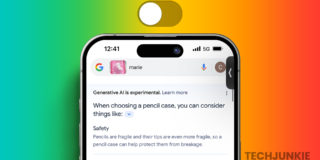
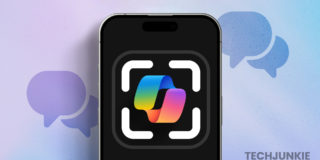
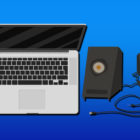
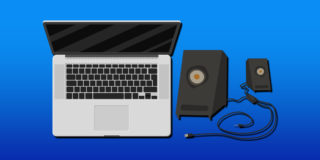






One thought on “Android Dominates, Windows Phone Surges in Q1 2013”
They have fired their last salvo and it fell short. BlackBerry is toast.